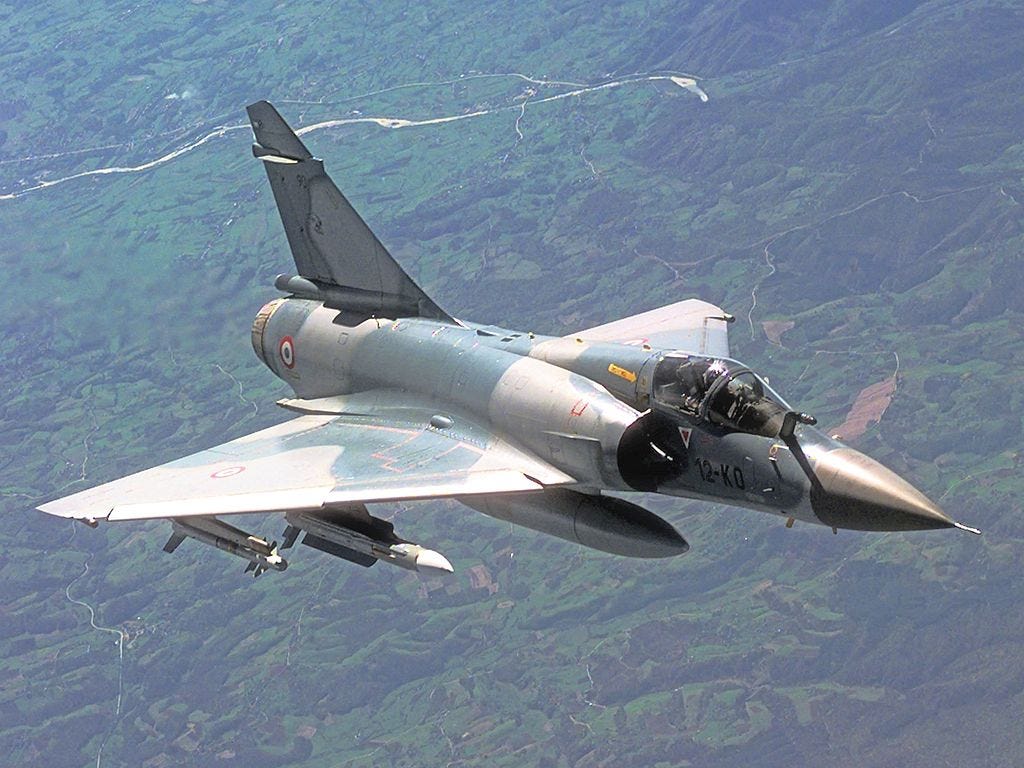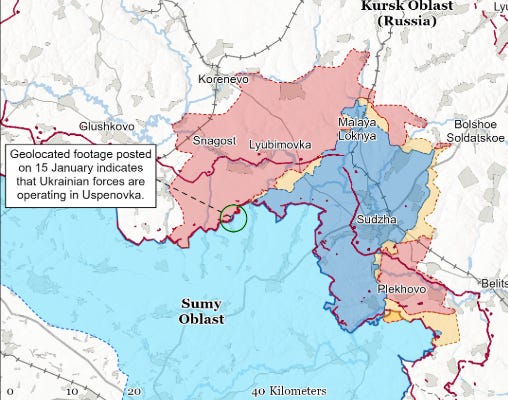On Track: French Mirages and Norwegian F-16s Scheduled for Delivery to Ukraine
Good.
French Defense Minister Sébastien Lecornu told reporters yesterday that the delivery of French Mirage fighter jets is on schedule.
The timetable I gave is being met
The delivery of jet fighters to a country at war is, by definition, sensitive... What has been promised will be delivered
— Sebastien Lecornu
Norway said the same. Of course, for obvious reasons, no one is going to disclose how many jets are being delivered or when they will reach Ukraine. However, rumors suggest that the first batch of Mirages is likely to consist of around six units, with fewer than six F-16s from Norway expected this month. I have no confirmation on this.
The good news is that the defense ministers of Norway and France have both stated that the delivery is on schedule. This means Ukraine knows exactly how many jets are coming and when. As long as European allies stick to their plans and deliver on their commitments, I’m satisfied with that.
The supply calendar is critical for any nation at war. After an agonizingly long period, European bureaucracy has finally found its stride. In 2022, they made a lot of promises but consistently failed to deliver. In 2024, however, they delivered on every front.
After a stop-start effort, Europe managed to deliver ten long-range air defense units to Ukraine. Despite failing to meet their 2023 pledge of one million shells, they exceeded expectations in 2024 by delivering at least 1.5 million. In June, France promised to deliver Mirage fighter jets and train and equip one Ukrainian brigade—both promises were fulfilled. Germany has been supplying weapons to Ukraine at a far greater pace than in 2023. As for the United Kingdom, there’s no need to elaborate: the sweeping sanctions package President Biden introduced on January 10 was largely built on Prime Minister Keir Starmer’s consistent biweekly sanctions deliveries on Russia since October 2024.
It does feel like Europe has rallied since Donald Trump’s election to the White House in November. But the momentum started well before his victory. While the accelerated U.S. sanctions and weapons deliveries may be attributed to Trump, the EU has been on an upward trajectory since March last year and shows no signs of slowing down.
Notably, not a single European nation raised concerns when Ukraine invaded Kursk with their weapons. On the contrary, they largely supported Ukraine’s decision to enter Kursk Oblast.
As I noted in my story last week: “This isn’t a massive Ukrainian counter-offensive; it’s a limited push designed to exploit Russia’s weakness.” Ukraine has allowed the situation in Kursk to stabilize, and the lines are looking fairly steady.
Ukraine did launch a minor incursion east of Sudzha, crossing the border to strike Russian positions. While they’re keeping the pressure on, they’ve refrained from pushing deeper into Russian lines.
Last week, Ukraine advanced into areas where they assessed Russian lines were weak, slightly expanding their control. Russia responded with reinforcements and mechanized assaults, disrupting the balance. The situation went out of equilibrium, but it’s now stabilizing once again.
I anticipated Ukraine would act decisively in the final week of Biden’s presidency. Allowing Putin to dictate the rules of engagement on the day Trump assumes office as President of the United States would have been a mistake. Politics and war are inseparable. I thought Ukraine might launch a major counter-offensive in Kursk. Instead, they pursued a different strategy: an effective and relentless deep-fire campaign targeting Russian military assets and industries that support the war effort.
Last night, Ukraine launched three drones at the Lisinskaya Oil Refinery in Voronezh Oblast, triggering a massive fire.
ISW reported on an another attack yesterday:
Ukrainian forces also struck the Tambov Gunpowder Plant in Kuzmino-Gat, Tambov Oblast, noting that the plant produces gunpowder for various arms, artillery, and rocket systems; nitrocellulose used to produce explosives; and other specialized products.
The deep-fire attacks Ukraine carried out last year have reduced Russia’s oil processing capacity to its lowest levels since 2012.
How much impact the attacks Ukraine has launched over the past ten days will have—and what could happen if this pace continues for another three months—are painful questions for which the Kremlin has no clear answers. Regardless, Ukraine has already addressed a significant political question ahead of Trump’s assumption of the U.S. presidency.
It’s almost certain that Putin will unleash a massive missile barrage against Ukraine on January 19 or 20. However, this won’t resemble a triumphant Putin pressing his advantage against a weakened Ukraine. Instead, it will look like an enraged Putin retaliating against Ukraine’s successful deep-fire campaign.
So what will happen from here?
I don’t know.
I don’t think Zelensky knows either. I doubt Putin has any idea. And honestly, I don’t think Donald Trump has a clue about how to move forward. None of the three parties seems to know how things will unfold after January 20. There are countless unknowns, and each is focused on controlling whatever they can within their grasp.
For now, Ukraine has successfully denied Putin the chance to send Trump the message that he is winning the war—and, by extension, that his demands should be prioritized.








Most of Europe correctly views Russia as an existential threat.
Excellent account!